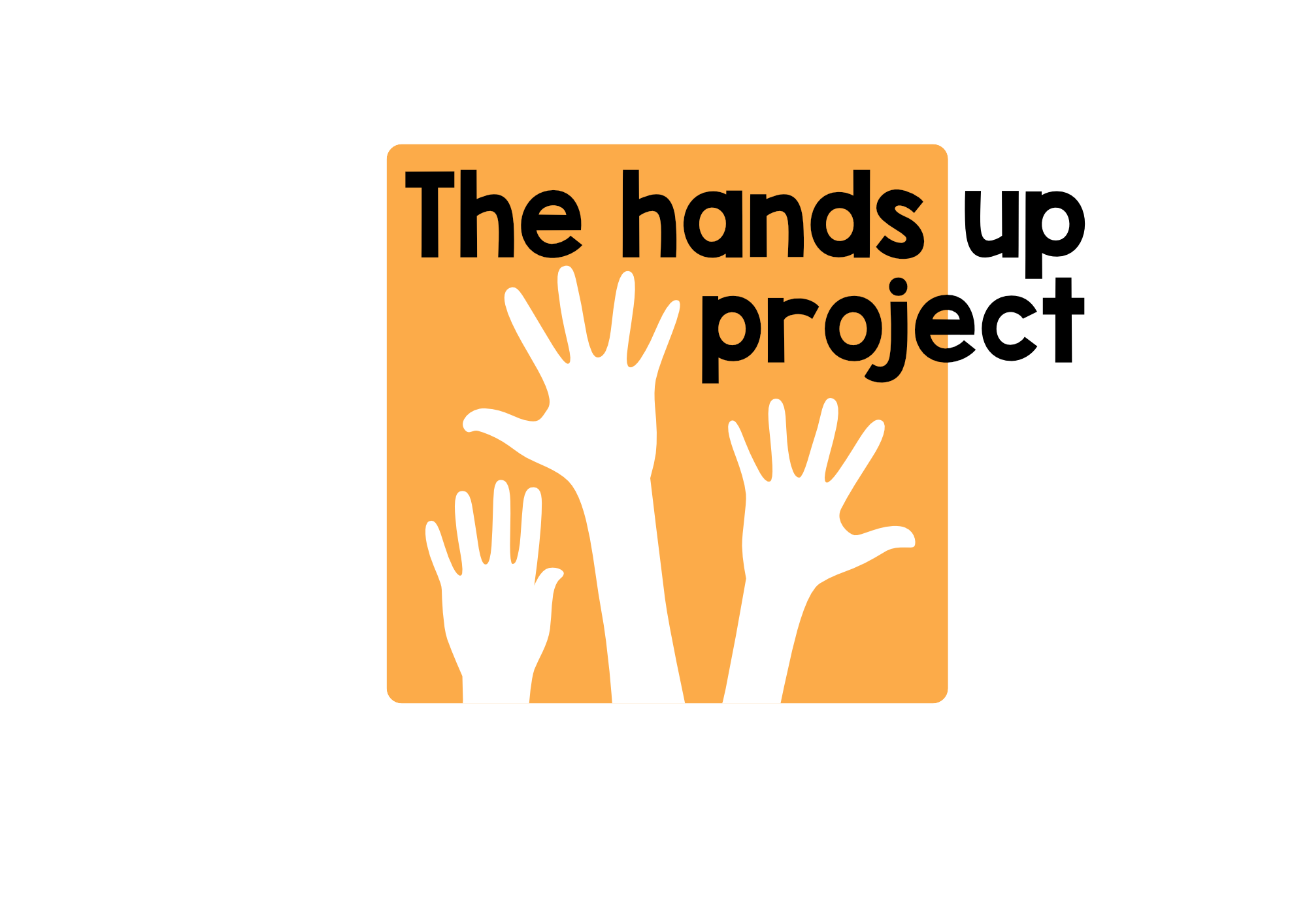Storified drilling
Drilling is often criticised for being an old fashioned, teacher controlled activity with minimal cognitive challenge for learners. But the central idea behind it – that of pushing learners to process and reproduce a stretch of spoken language after a model from a more advanced speaker - can, in my opinion, be a very useful component of good teaching. I think that it's less effective however when the utterances that are drilled are short (so that echoic rather than working memory is used) ; when they are decontextualised; when they are devoid of gesture and emotion; and when they are not related in any way to the learners who are doing the repeating.
Here's a neat idea to address these issues, combining drilling and storytelling, that I learnt from a wonderful performance storyteller based in my home town, Michael Quinn. When Michael tells a story - be it to children or adults, he invariably invites members of the audience to come up to the front and to take on the roles of the characters in the story. He tells the story but asks the volunteers to act it out and supplies each actor with their lines as they need them, in the same way that a prompt performs this task in the theatre.
There's something quite powerful about hearing each line twice - once by the storyteller and once by the actor.So this clip shows my attempt at doing Michael's activity when working online with a group in Rafah, Gaza, with the story of Nasreddin and the dinner party from Stories Alive.
Like most things that I do in this project, I think it works much better when done in face to face settings, so I'd be really interested in hearing of any experiences you have when trying it out. I'd also like to know what you think about drilling in general and how you use it in your classes.
